A dishwasher is a machine that cleans dishes by spraying them with hot water, soap, and other cleaning agents. The purpose of the dishwasher is to clean all of the dirt and food off your plates, bowls, and other kitchenware. Dishwashers use two main operating principles: boiling and pressure washing (or vibratory washing). A boiling process heats the water inside of the machine and forces it through silverware racks or other devices on top of them to clean them with steam. Pressure washing is similar to boiling except instead of steam, high-pressure streams of water are used to accelerate cleaning solutions into crevices where they can more easily remove food particles from surfaces.
Models of Dishwasher

The most common types of dishwashers are built-in and countertop models. Built-in models are installed in the cabinets under your sink or kitchen countertop, while countertop models can be placed on any flat surface in your kitchen.
An upright model with a movable upper rack is also the bone of the best models of dishwashers. The racks can be adjusted to fit different-sized pots and pans, so you don’t have to worry about using the wrong-sized item in your machine. Some even come with adjustable lower racks to make sure your large cooking pots fit correctly without having to remove them from their rack.
Other types of dishwashers include top-loading models, which do not require any special positioning or setup when loading them into the washing compartment; front-loading models, which have shorter cycles with less capacity; and bottom-loading models, which are more expensive than other types but provide great value for money because they can fit taller items such as pots and pans in their racks without folding over at all times during use.
Some Common Features
Dishwashers come with many different features, but it’s important to know which features are going to help you and which ones are just bells and whistles that you don’t need.
Some of the features you’ll want:
- A water sensor that will tell you when it’s time to add more water.
- A delayed start feature that will allow you to put your dishes in at night and they won’t get all wet or left out until morning.
- A heated drying cycle will allow you to wash items that have been left out overnight without drying them by hand first.
Important Considerations
The first thing in buying a dishwasher is what you need in it. There are many different types of dishwashers on the market today, some are designed for small apartments or homes with limited space, while others have larger capacities and more features than ever before.
When choosing a new dishwasher, consider how many people will be using it at one time (such as two people washing four place settings at once), how much time you spend washing dishes each day, what type of dishes you’ll be washing (e.g., glasses versus pots), and whether or not there’s enough space in your kitchen for additional appliances or cabinets above where the dishwasher sits currently. Make sure that whatever type of unit works best for your situation is something worth investing money into long-term, after all, these machines last hundreds if not thousands.
You should also consider how often people use the dishwasher and how many items fit inside each compartment of the machine. A small dishwasher may only have space for glasses, while a large one can accommodate dinner plates as well as soup bowls or dessert plates. Knowing this information will help narrow down which model is right for you.
How Much Space Do You Have?
If you have a small kitchen, consider a built-in dishwasher. Built-in dishwashers can be installed under your countertop and are typically cheaper than freestanding models. However, they’re also smaller and may not fit into your space as easily if you have limited space in the fridge or cabinets.
If you have large kitchens with lots of countertop real estate that would benefit from saving some floor space (or even better yet, getting rid of those ugly tiles), look into installing a freestanding model instead. These can sit on their flooring without taking up much additional room at all and they come in all different shapes and sizes depending on what exactly you want them to do.
Once all of these things are taken into consideration, it’s time to set aside some money so that we can get started.
Stay on Budget
Before you start shopping for a new dishwasher, you must know how much money you have available. If your budget is tight and there are other expenses to be considered, then feel free to get a smaller model or even go without one altogether. However, if your income is high enough and there isn’t enough wiggle room in the budget for something more expensive (or even cheaper), then it might not make sense financially to buy a new dishwasher right away.
Conclusion
Buying a new dishwasher can be overwhelming, but with the right preparation, you’ll have the best experience. By planning and making a list of what you need in your dishwasher, it’s easy to find one that will suit your needs. This buying guide will help you to find a good dishwasher for your kitchen according to your requirements.




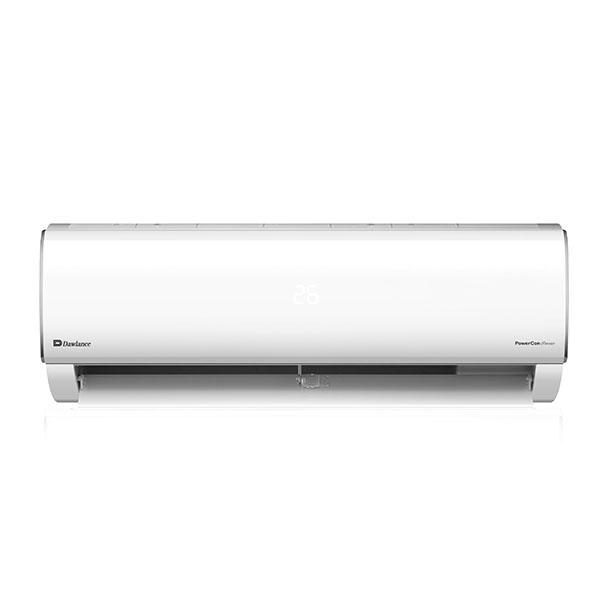

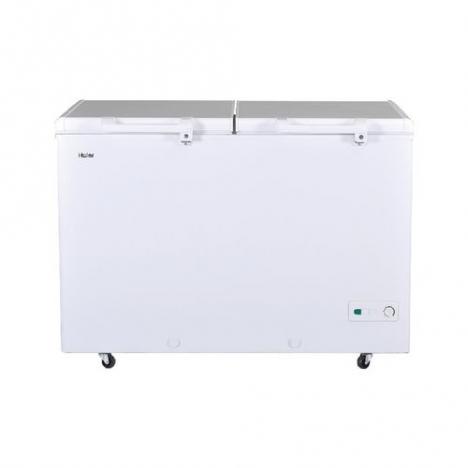

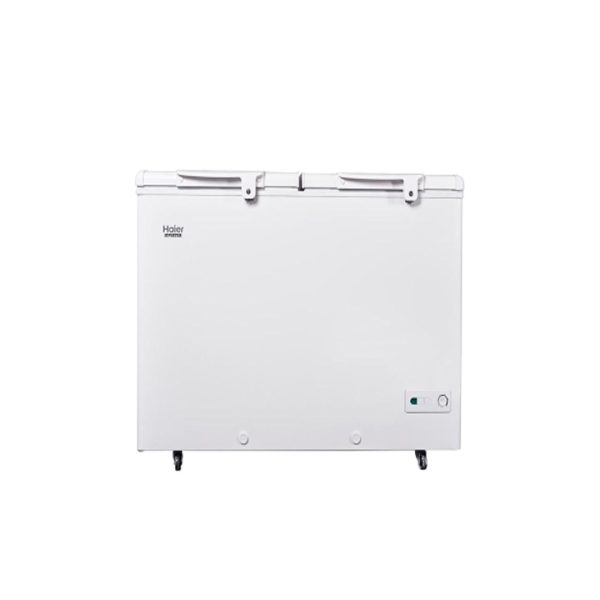




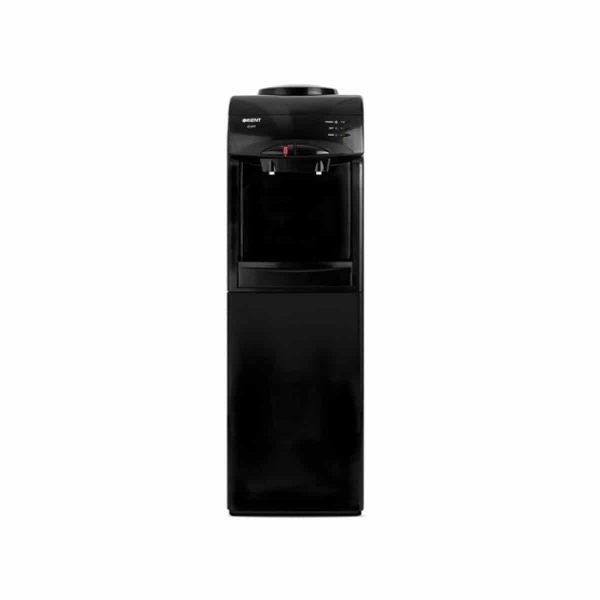
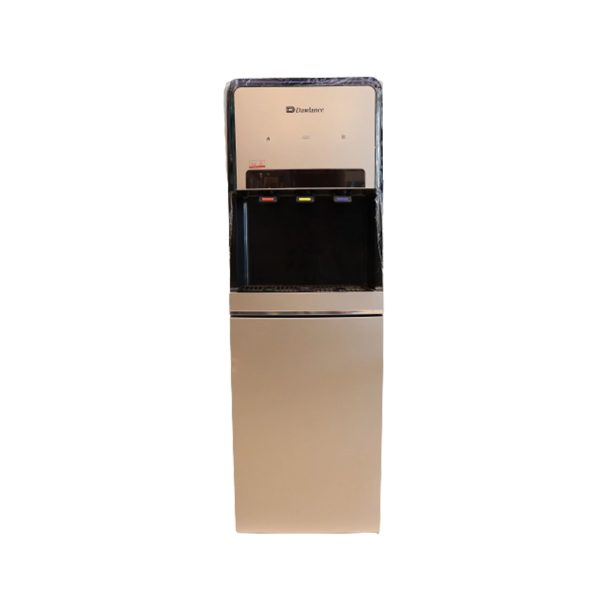

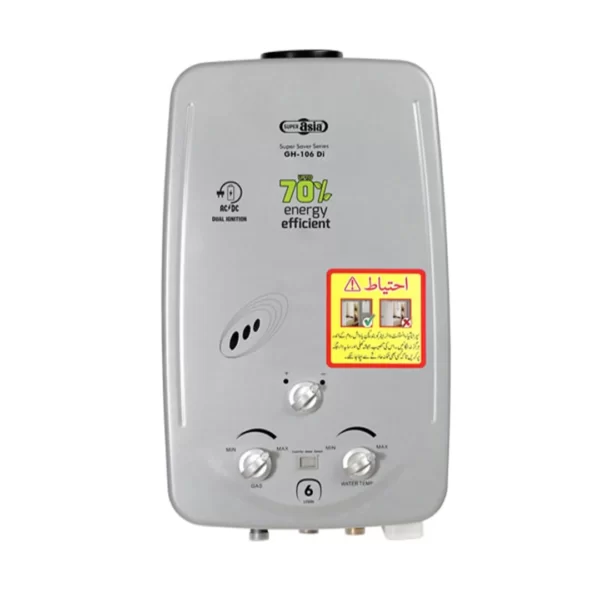


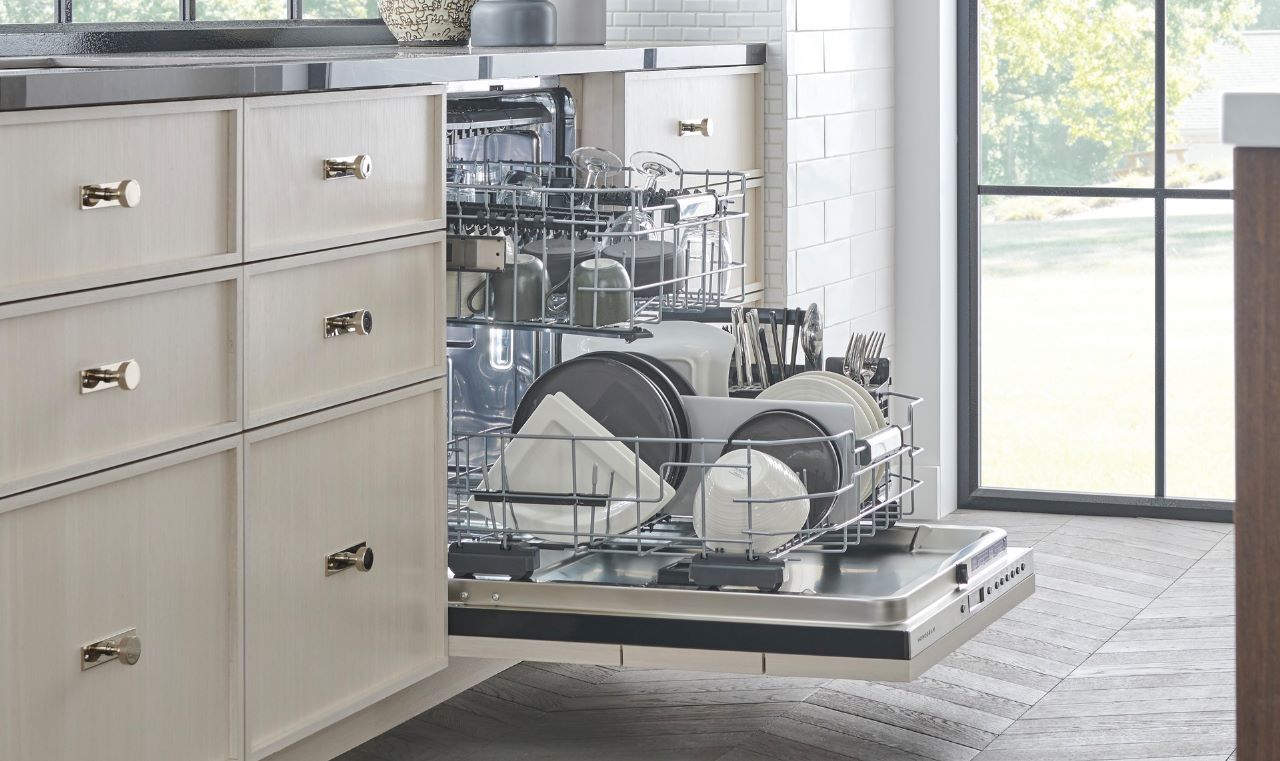

 Dryers
Dryers Ironing / Garment Care
Ironing / Garment Care